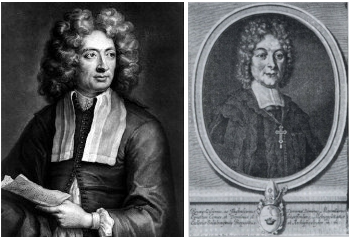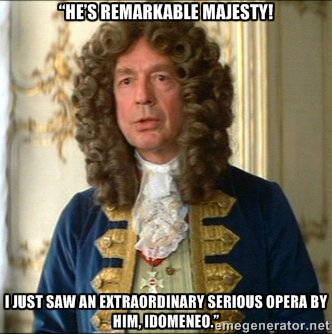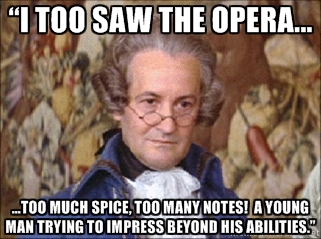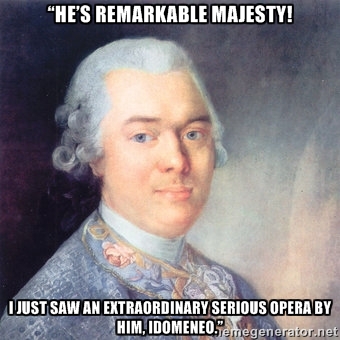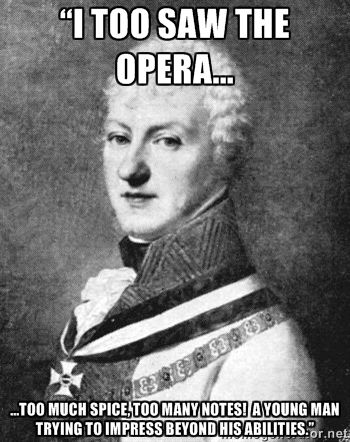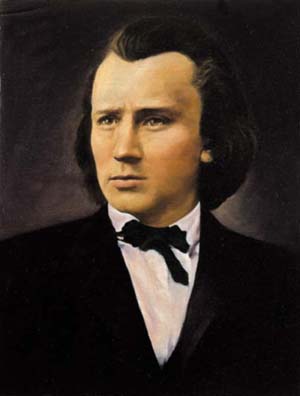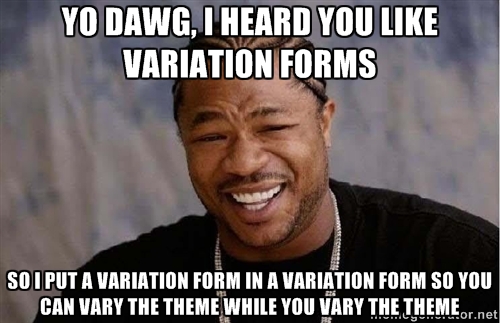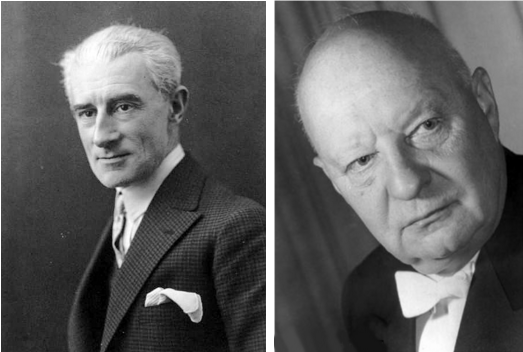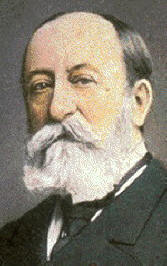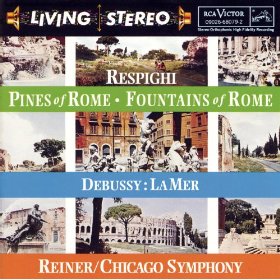This week’s theme is…A Musical High! Countless music lovers experience a “natural high” from listening to their favorite things. Music’s ability to change the chemistry of our moods is renowned. But musicians and other artists have long been associated with less natural highs, and the link between intoxication and creativity is strong, if somewhat ambiguous. This week we explore music related to the theme of intoxication, or created by musicians who regularly induced that state upon themselves. Disclaimer: The subject of intoxication as it relates to artistry is complex and ethically fraught; none of the writing on Smart and Soulful is meant to condone intoxication by any substance, legal or otherwise, in the pursuit of creative productivity. Enjoy your music responsibly!
A Musical High, Day 1 – Music in the Shape of a Pear by Erik Satie

Some people just march to the beat of their own drum, don’t they? I’m not sure who it is that gets to set the parameters of what is often labeled as “conventional”, but most of us would probably agree that it tends to look something like this:
- Find steady employment that keeps you secure and work hard at it
- Get married and have some kids
- Cultivate your values quietly and assiduously (depending on your personality I suppose)
- Involve yourself in your community through service and, perhaps, political action
- Guard your reputation and become well-respected
- Enter civic and religious organizations for the good of your family and society
- Raise your children up to do essentially the same thing
Granted, that general blueprint will find as many expressions as individuals who execute it, but I would submit that, for most of us at least, that is the “convention”. And we often find ourselves puzzled by and pondering the motivations of those who buck the trend in any significant way. Are they just selfish? Inspired by an opaque vision, the integrity of which will only be revealed by the historical longview? Are they existential and depressed? Or are they simply odd?
And we would probably find ourselves asking these kind of questions about many who inhabit the pantheon of great artists, musicians and writers. We generally suspect that they must be animated by something most unconventional in order to succeed and contribute so originally in such an arena. But, we can still look to most of them, even the most uncompromising vanguards and iconoclasts, for some semblance of the above outline, validated by material success, renown, respect, or some other element of civic motivation. But certain rare individuals continue to stand out as exceptionally odd beyond even those criteria, and, for my money, the oddest of all is Erik Satie.
It would be easy to look at Satie and be baffled by his story and contributions. One almost wonders if his bizarre personal configuration was engineered by some kind of mastermind working beneath it all to stimulate maximum impact on the art and culture of his time. Or maybe his traits and behaviors were just part of his nature and there was enough compelling content in there to influence contemporaries and historians alike. But he is an odd figure – exhibiting abundant tendencies that most would consider to be vices, often with seemingly little to redeem him, while at the same time winning champions for his music and counseling incredibly significant figures into changing their artistic course.
Satie is often described as lazy, eccentric, introverted to a fault, and banal in his musical expression. None of this seems controversial among those who evaluate him. If you were a real cynic you might suggest that Debussy maintained his friendship with Satie to put his own success in greater relief. But that’s probably not fair, for it was Satie who ultimately broke Debussy of his early tendencies to idolize and internalize Wagner’s musical language and philosophy. Debussy would not have yielded to a suggestion of that significance without a considerable weight of ideas supporting it. Satie even claimed to have originated the thought that French music be modeled after the impressionist painters, implying in his account that the Gallic music be modeled on their visual approach, and naming specific painters. This may be self-aggrandizement or apocrypha: Debussy is known to have identified more closely with the Symbolist writers than the Impressionist painters, and, if Satie’s account is indeed true, it suggests that Debussy ought to have more completely acknowledged the resemblance. But it could be just as much a result of Debussy’ little man stubbornness, in the service of cultivating his uncompromising maverick imagine. Either way, Satie was a man of ideas, and while his music certainly reflects them, one senses he was more interested in the idea than the detailed execution, unlike Debussy who was an orchestrator par excellence in every respect. I suppose the two made an unlikely and effective team, but most would relate better to Debussy’s motivations than Satie’s.
There are other odd quirks: he seemed to lack a certain amount of professional ambition, settling a little too comfortably into the essential money-making enterprise of playing piano in cafes for a good deal of his life. Indeed, the Six admired his almost renunciatory attitude toward material success. Was this a purer artistry than, say Richard Strauss, who thought of musical excellence and material success in equal measure (for more about him, see this post)? Well, I suppose opinions will vary; it was definitely a more philosophical artistry, bolstered by Satie’s precisely written words – always swimming in his own thoughts I imagine, and what music may come.
When he died even those closest to him were surprised to learn of the spartan idiosyncrasies of his living arrangements: a small, bare room, cluttered with papers (both affairs and compositions thought long lost), 12 identical grey velvet suits hanging neatly in his closet, and two pianos stacked, the top of which was hollowed out for storage. It reminds me a little of accounts of Beethoven’s work space, but twice as eccentric and perhaps even nihilistic. Satie was probably not an easy man to be, beholding the boundless ambition of his contemporaries, his own strengths better suited to odd thoughts that were intriguing every now and then. I imagine he was prone to depression and existential despair, especially given his interest in the early Dada movement. Might you expect a person like this to gravitate toward intoxication? Well, he died of cirrhosis of the liver, having drank himself to death. And he was also attracted to the Parisian hallucinogenic of choice, absinthe. I find references to the mysterious “green fairy” in the stories of no other prominent Western composer. Many say that the hallucinatory effects of absinthe are overblown, but did it fuel any of Satie’s philosophical musings?
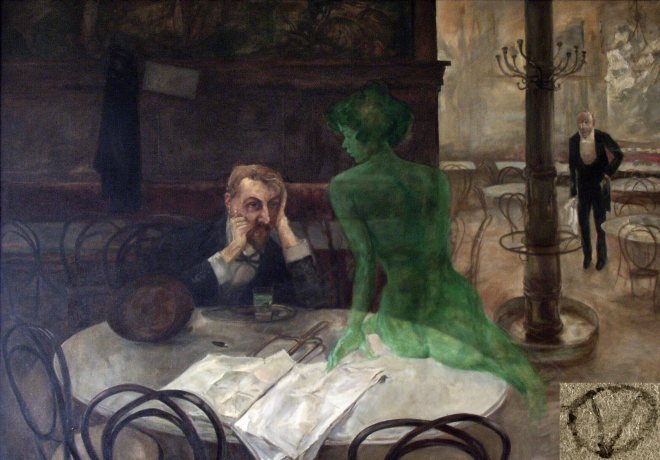
From Satie we have a body of strangely evocative and placid music, clearly the antecedents of Impressionism, much closer to Debussy’s language than to Ravel’s, but less ambitiously realized. And what he lacked in purely technical prowess he made up for with eccentricity, capturing the attention of the public and his fellow musicians from time to time, and creating Parisian scandals with the best of them.
For those with the patience, Satie’s detached little world of thought and sonic events is strangely rewarding, and in unexpected ways. Something like the first conceptual composer, his music has influenced countless modern musicians who synthesize unconventional philosophy and music. Again, it takes a special artist, one not motivated by conventional civic success, to create such movements. Listen to one of the “fruits” of Satie’s way of thinking, his music In the Shape of a Pear:
—
Would you like Aaron to provide customized program notes especially for your next performance? Super! Just click here to get started.
Want to listen to the entire playlist for this week and other weeks? Check out the Smart and Soulful YouTube Channel for weekly playlists!
Do you have feedback for me? I’d love to hear it! E-mail me at smartandsoulful@gmail.com
Do you have a comment to add to the discussion? Please leave one below and share your voice!
Subscribe to Smart and Soulful on Facebook and Twitter so you never miss a post!
